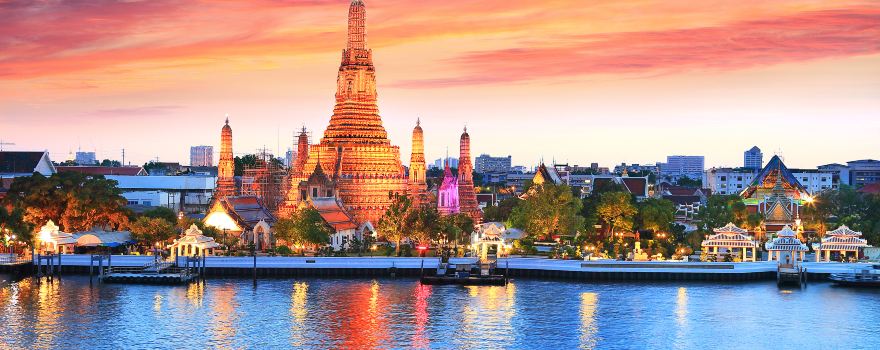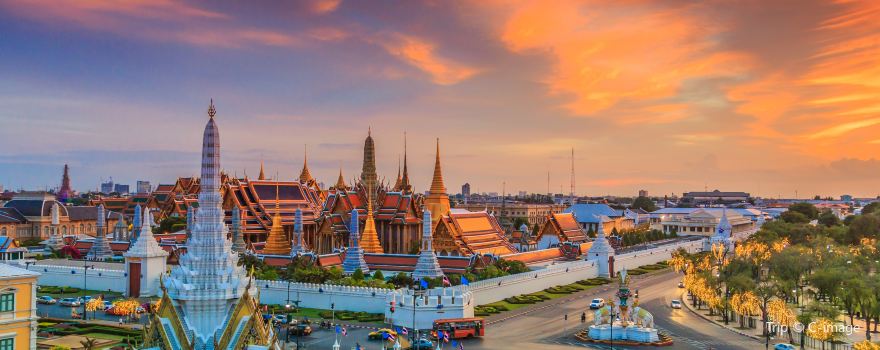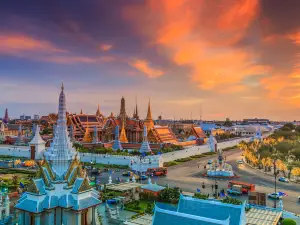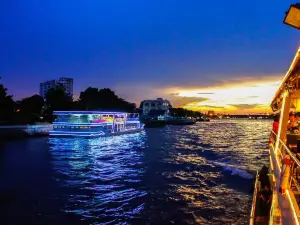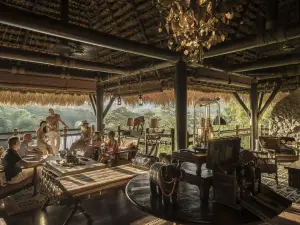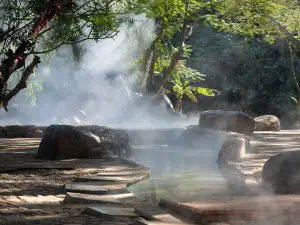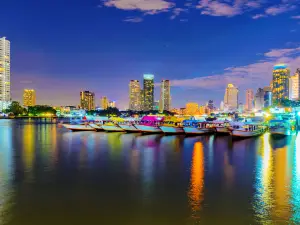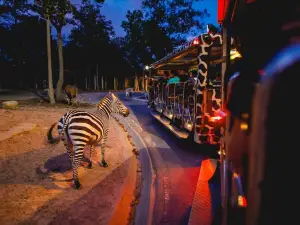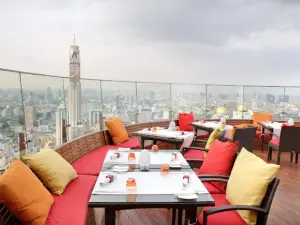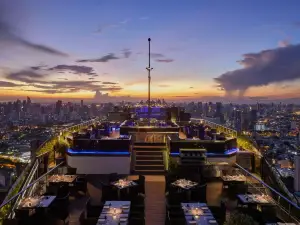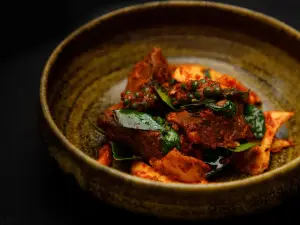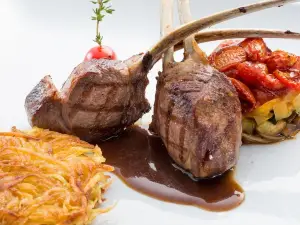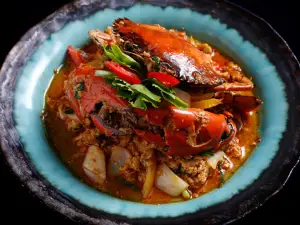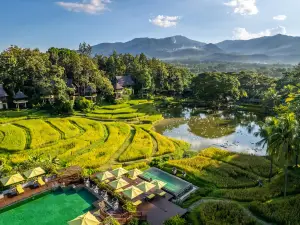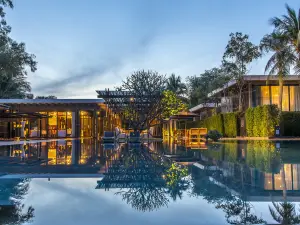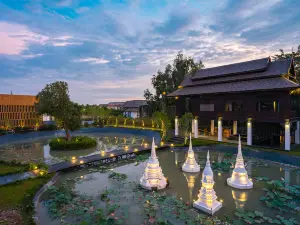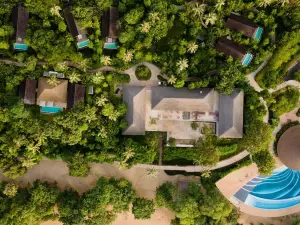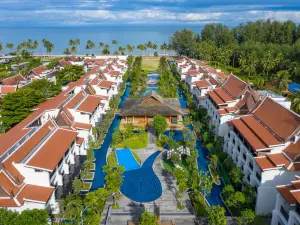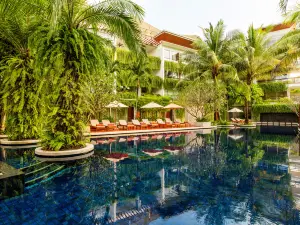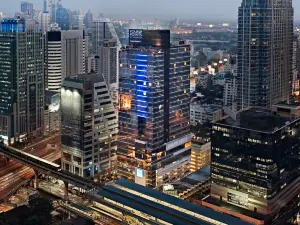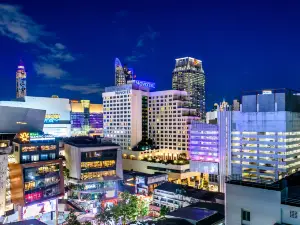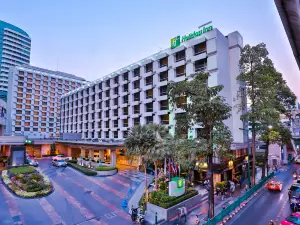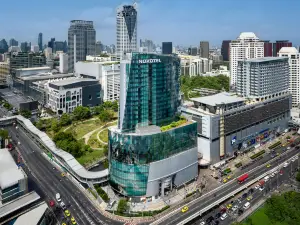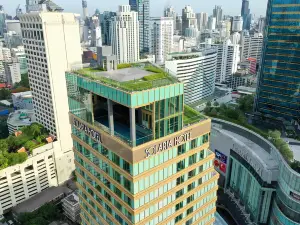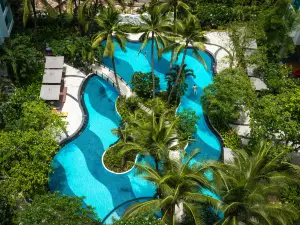Thailand Independent Travel Guide (2025): Top Things to Do, Popular Attractions, Itinerary Planning, Accommodation, Food, Transportation, Weather, and More - Everything You Need to Know (Updated April, 2025) | Trip.com
About Thailand
Recommended trip: 7–12 day(s)
Recommended trip: 7–12 day(s)Thailand Local Experiences Map

Trending in Thailand
Thailand Local Travel Guide 2025
Thailand Brief Guide
Thailand is Southeast Asia’s premier playground. The central plains are a living museum of ancient temples and cultural gems, while the cool mountain air and the timeless charm of Lanna traditions whisper in the north. Over in Isan, the northeast, golden rice fields stretch to the horizon, and life flows as steadily as the Mekong River. Down south, the beaches and islands are so stunning, they’ll make you rethink screensavers. Thailand doesn’t just welcome you—it leaves you smiling long after you’ve gone. Ready to explore the "Land of Smiles"?
Thailand Best Time To Visit
The best time to visit Thailand is during the cool, dry months from November to April, when the weather is perfect for exploring and the beaches are at their finest. This is peak travel season, and for good reason—clear skies, sunny days, and endless opportunities for adventure. But don’t let that stop you from visiting year-round. Thailand’s natural beauty and lively festivals shine in every season, whether it’s the lush greenery of the rainy months or the vibrant energy of local celebrations. No matter when you go, Thailand always has something to offer—just pick your season and let the journey begin.
Thailand Must-try Local Experiences
1. Get Lost in Temple Splendor Thailand’s temples are more than just landmarks—they’re gateways to serenity and history. Stand in awe of Wat Arun’s glowing spires at sunset, feel the grandeur of Wat Phra Kaew’s golden details, or unwind at Wat Pho, home to the iconic Reclining Buddha. Each temple tells a story of faith, art, and Thai identity. 2. Step into Royal Grandeur The Grand Palace is a breathtaking testament to Thai artistry—a place where every detail, from golden spires to intricate murals, tells a story of craftsmanship and royal heritage. Once the home of kings, it’s now a stage for royal ceremonies. Admire its golden spires, intricate carvings, and vivid murals that whisper tales of myth and Buddhist devotion. At its heart lies Wat Phra Kaew, where the Emerald Buddha sits in quiet majesty, radiating centuries of spiritual significance. 3. Bask in Thailand’s Coastal Magic Thailand’s beaches are pure paradise. Swim in the turquoise waters of Maya Bay, stroll along the soft sands of Similan Islands, or watch the sun dip below the horizon on Koh Tao. Whether you’re snorkeling colorful reefs, kayaking through hidden lagoons, or just lounging under palm trees, the waves here seem to whisper, ‘This is your moment.’ 4. Travel Back in Time at Ayutthaya Ayutthaya, a UNESCO World Heritage Site, is a living museum of Thailand’s golden past. Wander through ancient ruins where Buddha heads emerge from tree roots and centuries-old stupas stand as silent witnesses to a once-thriving kingdom. Dress in traditional Thai attire and capture photos that feel like stepping back in time—this is history you can touch, explore, and truly feel. 5. Discover the Wonders of Northern Peaks Northern Thailand is where lush peaks meet timeless traditions. Trek through the trails of Doi Inthanon, the country’s highest peak, or wander the serene paths of Doi Suthep-Pui. Here, misty mornings and cool breezes set the stage for encounters with hill tribe communities, where traditions are as rich as the landscapes. It’s a world of quiet beauty and cultural depth, waiting to be discovered. 6.Recharge with a Thai Massage Thai massage is a therapeutic experience that leaves you feeling renewed. Let skilled hands work out every knot, stretch every muscle, and leave you feeling brand new. Try it at Wat Pho, the birthplace of this ancient practice, or at a cozy spa in your favorite town. 7. Feast Your Senses at Local Markets Thailand’s markets are a carnival of colors, smells, and flavors. Explore Bangkok’s Chatuchak Market, where you can find everything from handmade crafts to street food. Or hop on a boat at Damnoen Saduak Floating Market and shop while floating through canals. 8. Feel the Energy of Muay Thai Muay Thai pulses with the heart of Thailand. Watch a live match and feel the adrenaline as fighters showcase their skill. Or, roll up your sleeves and take a class—it’s a workout that’s as thrilling as it is empowering. 9. Join the Festive Spirit Thailand’s festivals are a vibrant celebration of life and culture. Splash through the water fights of Songkran, or light up the night with a glowing krathong during Loy Krathong. These celebrations are your chance to connect with Thai culture in the most vibrant way. 10. Taste the Soul of Thai Cuisine Thai food is a love letter to your taste buds. Savor the creamy richness of Massaman curry, the tangy kick of Tom Yum Goong, or the comforting simplicity of Pad Thai. And don’t forget to try tropical fruits like mango and durian—they’re nature’s candy. 11. Glide Through Thai Waters Hop on a long-tail boat and cruise the Chao Phraya River, where Bangkok’s skyline sparkles by night. Or, explore the Andaman Sea on a traditional “Rua Hua Tong” boat, designed to dance over waves. It’s a journey that feels like floating through a postcard.
Thailand Travel Tips
1. Be Prepared for Monsoon Season Thailand’s monsoon season runs from May to October, with southern regions experiencing rain until December. Heavy downpours can sometimes lead to flooding, so pack rain gear and have backup plans if you’re visiting during the wet season. 2. Respect Temple Etiquette When visiting temples, revered as sacred places by Thai Buddhists, it's important to show respect by dressing modestly. Wear clothing that covers your shoulders and knees, keep noise to a minimum, and follow any posted signs, such as those requesting no photography or asking visitors to remove shoes. Women should maintain a respectful distance from monks. 3. Honor the Royal Family Show respect for the Thai royal family. Avoid making negative comments or gestures about the monarchy, as this is taken very seriously and can lead to legal consequences. 4. Stay Alert for Scams Be cautious of common tourist scams, like overpriced tuk-tuk rides, fake gemstone shops, or jet ski fraud. Stick to reputable services, check prices in advance, and be wary of unsolicited advice about “closed” attractions. Familiarize yourself with Thai baht to avoid being shortchanged. 5. Practice Food Safety Street food is generally safe, but opt for busy stalls where food is cooked fresh to order. Avoid raw or undercooked dishes, and stick to bottled water. If in doubt, observe how the food is prepared to ensure cleanliness and thorough cooking. 6. Protect Yourself from Mosquitoes Use insect repellent and wear long sleeves, especially in natural areas, at night, and during the rainy season. This helps prevent mosquito-borne illnesses like dengue fever. 7. Follow Drone Regulations If you plan to fly a drone, you’ll need permission from the Civil Aviation Authority of Thailand (CAAT) and the National Broadcasting and Telecommunications Commission (NBTC). In Bangkok, additional permits may be required for flying near airports, royal sites, temples, or government buildings. Always check local rules before taking off. 8. Alcohol Regulations: Alcohol sales are restricted to specific hours and prohibited in religious sites, government offices, and public health facilities. The legal drinking age in Thailand is 20 years old. Additionally, alcohol sales are banned on important Buddhist holidays like Makha Bucha Day and Visakha Bucha Day. 9. Emergency Contact Numbers: Keep emergency numbers handy: 191 (general), 1669 (medical), and 1155 (Tourist Police). The "Thailand Tourist Police" app also allows direct reporting. Trip.com is assisting customers affected by the Myanmar earthquake (28 March 2025) with bookings. Customers can check the status of their bookings on our website or app, where they can find updated information and options to modify or cancel their reservation. Stay safe!
Thailand Transportation
By Air: Air travel is the fastest and most convenient way to reach Thailand. Most international flights arrive at Suvarnabhumi Airport (BKK) or Don Mueang Airport (DMK) in Bangkok, which connect Thailand to major cities worldwide. Other key airports include Phuket International Airport (HKT) and Chiang Mai International Airport (CNX) for direct regional flights. By Rail: For those who wish to enjoy scenic views of the countryside during their journey, Thailand’s railway system connects to Kuala Lumpur and Singapore. It’s recommended to plan your trip carefully, as this method of entering Thailand requires longer travel times. By Road: Another option is entering Thailand via land border crossings with neighboring countries, such as Malaysia and Singapore. Popular border checkpoints include Sadao (Malaysia-Thailand) and Nong Khai (Laos-Thailand). You can use cross-border bus services or rent a vehicle for more flexibility in your travels.
Thailand Best cities to visit
Phuket, Thailand’s largest island, truly earns its title as the Pearl of the Andaman. From the lively shores of Patong, Karon, and Kata to the tranquil sands of Kamala and Surin Beach, there’s a spot for every mood. By night, the island buzzes with energy, offering endless entertainment. But Phuket isn’t just about beaches. Wander through the Old Town’s colorful streets, where Sino-Portuguese architecture and a mix of Thai, Chinese, and Malay cultures create a vibe that’s uniquely Phuket.
Thailand Useful Guide
Thailand’s natural beauty comes with its share of risks, like floods and tsunamis. Always familiarize yourself with emergency procedures and evacuation routes in your area. If you’re renting a car, follow traffic rules and drive cautiously, as road conditions can vary. Stay alert and prepared for unexpected challenges. Keep important emergency numbers handy: 191: for general emergencies 1669: for medical emergencies 1155: for Thailand's Tourist Police Hotline
Trip.Best: Thailand
Popular Destinations
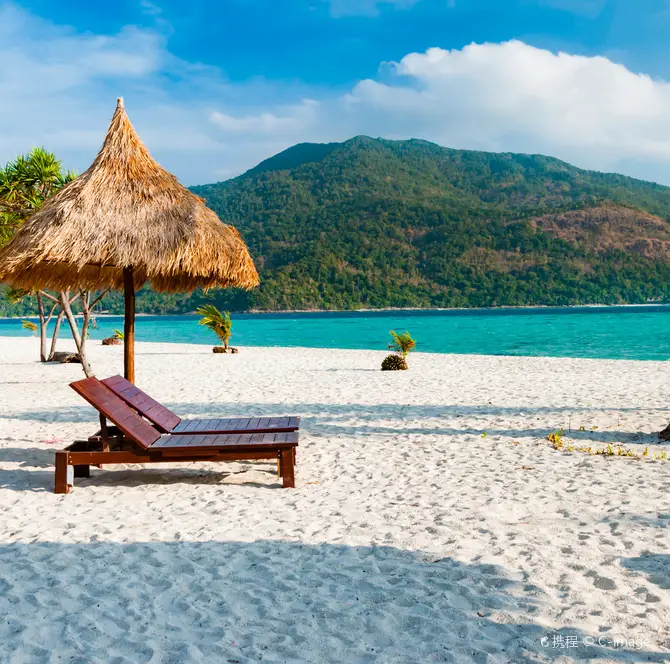
Phuket
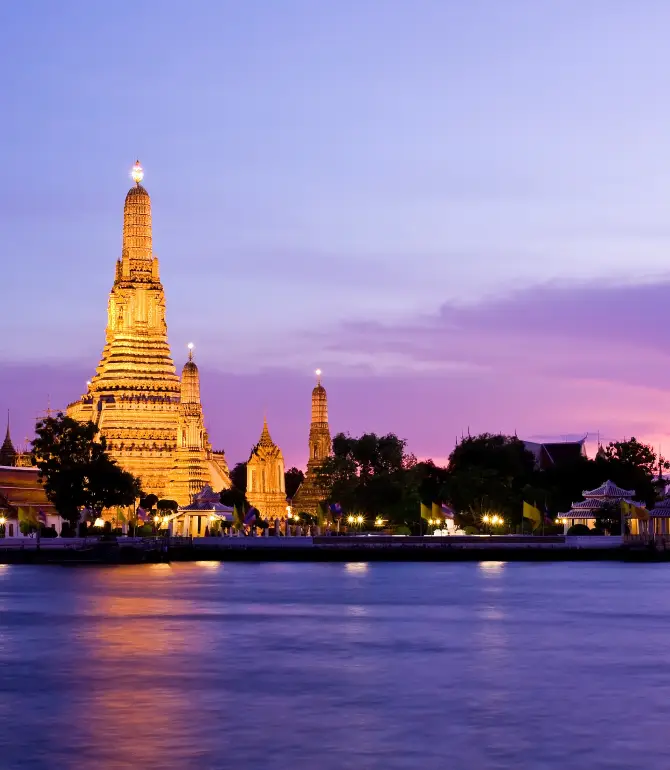
Bangkok
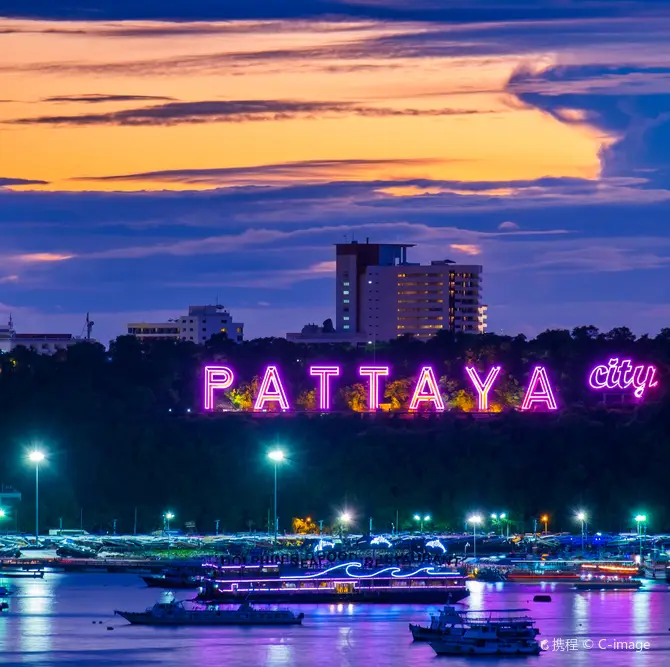
Pattaya

Koh Samui
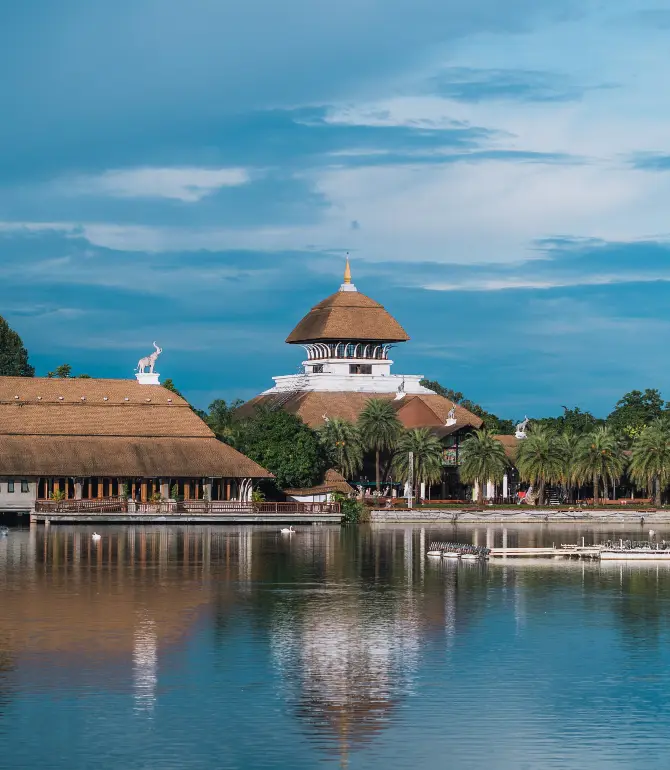
Chiang Mai
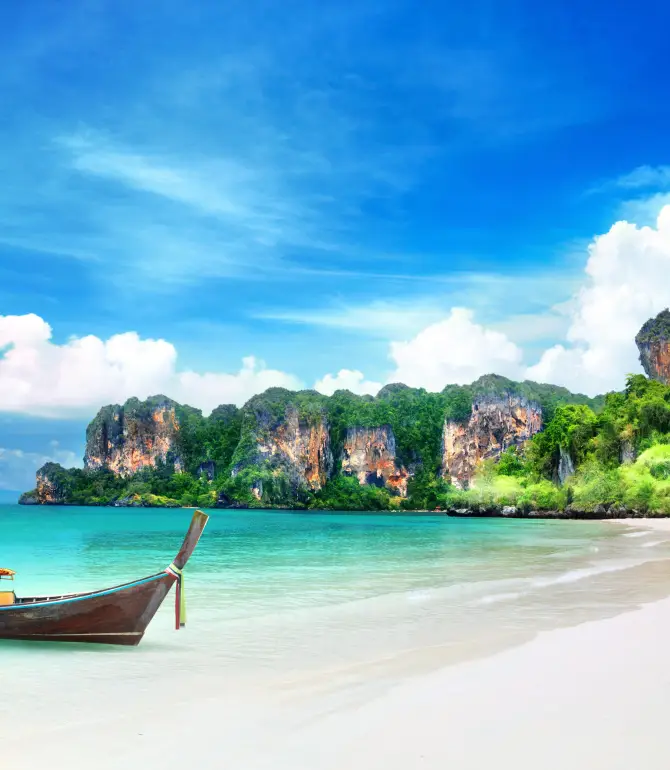
Krabi
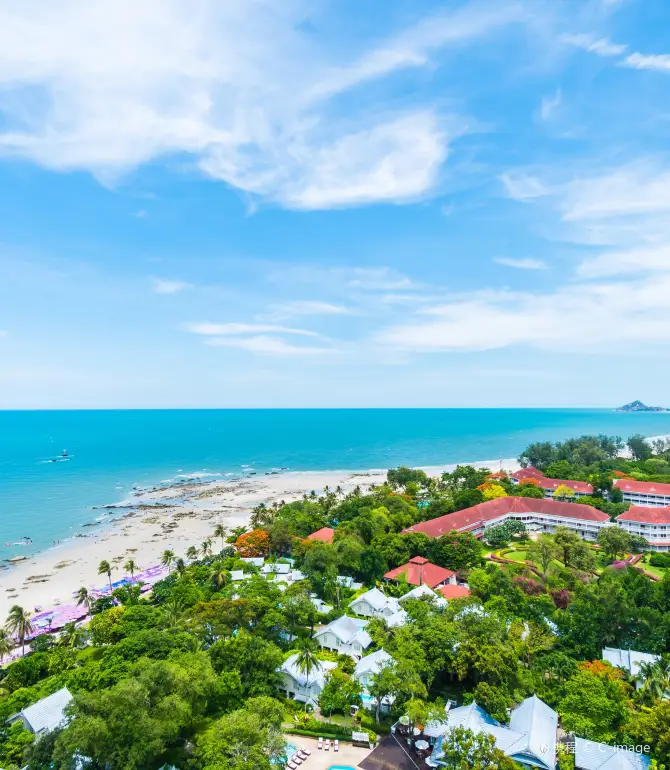
Hua Hin

Similan Islands
Things to do in Thailand
What to Do
SEA LIFE Bangkok Ocean World
Safari World Bangkok
Elephant Care Park Nai Dee Phuket
What to Eat
Thailand Moments: Through Travelers' Eyes

Amazing dragon ladder in Thailand

🌊 Pattaya's Top Attractions: Culture, Markets & Elephants 🐘

Trang, Thailand | A Complete Guide to a Hidden Gem

Thailand's Most Popular Phuket Hotel - Sinae❤

5 visa-free countries for first-time travelers.

6 Days Visa-Free in Koh Samui, Thailand: No More Worries

5-Day Bangkok & Pattaya

IG-WORTHY CAFE IN PHUKET, THAILAND 🇹🇭
Best of Thailand

Trending in Thailand
Site Operator: Trip.com Travel Singapore Pte. Ltd.
